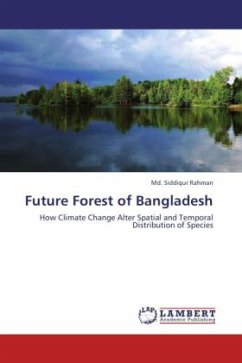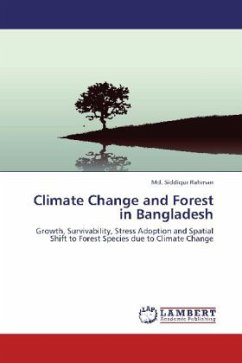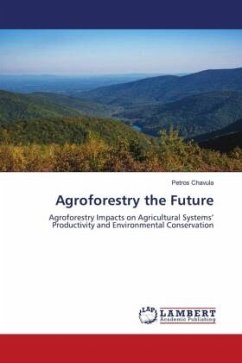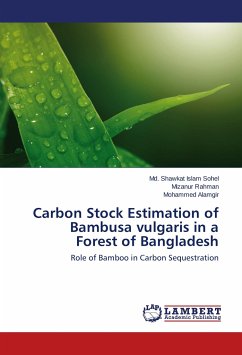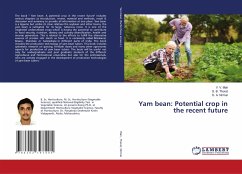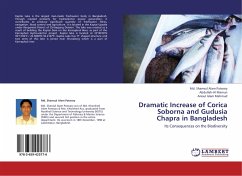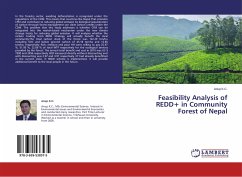Spatial and temporal pattern of forest flora in Bangladesh is changing. This change might be happening in their habitat distribution. The country faces an extreme climate change impact due to its geographic importance. Due to climate change consequences, the country may face elevated temperature and precipitation. Forest flora, especially economically important timber trees may face these two impacts and being hampered with growth and distribution. The country is a flat one; however, an altitudinal rise is present from western part to eastern part of the country. With respect to 4 °C elevated temperature and 100 mm precipitation increase, forest flora might be affected in growth and spatial temporal distribution. All the studied tree species tends to relocate or migrate towards east from the western part of the country. There are some tree species in the forests which might lose their natural habitat. However, some species might gain new natural habitat in future, i.e. within 2100 AD.
Bitte wählen Sie Ihr Anliegen aus.
Rechnungen
Retourenschein anfordern
Bestellstatus
Storno

